Say It Ain't So: The Black Sox Scandal and Baseball in 1919
May 5th, 2020
59 mins 48 secs
Season 1
Tags
About this Episode
Baseball was the only truly national American sport in 1919, loved by fans across the United States. But the mood among players was grim--team owners kept salaries artificially low. When the Chicago White Sox won their league championship, the temptation to accept hard cash from gamblers to deliberately lose the World Series was irresistible. After all, what could possibly go wrong?
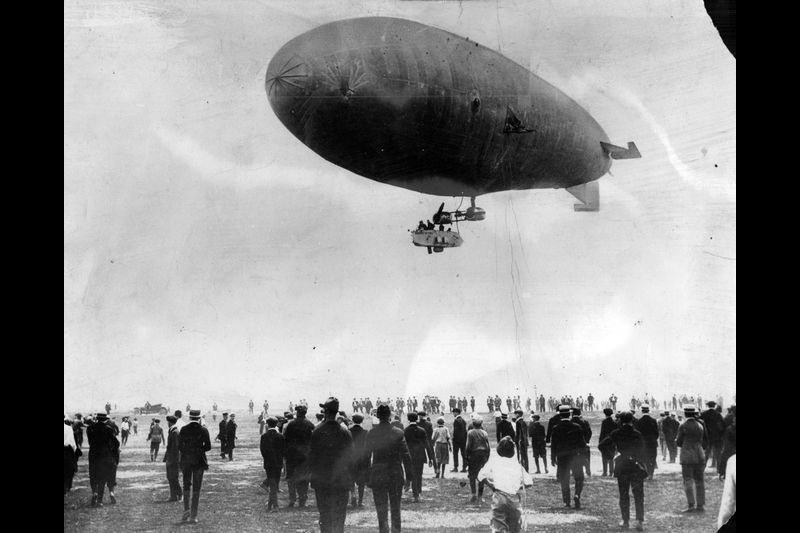
The Wingfoot Express took its maiden voyage around Chicago on July 21st, 1919. The 150-foot long airship was filled with hydrogen gas--lighter than air, but extremely flammable.
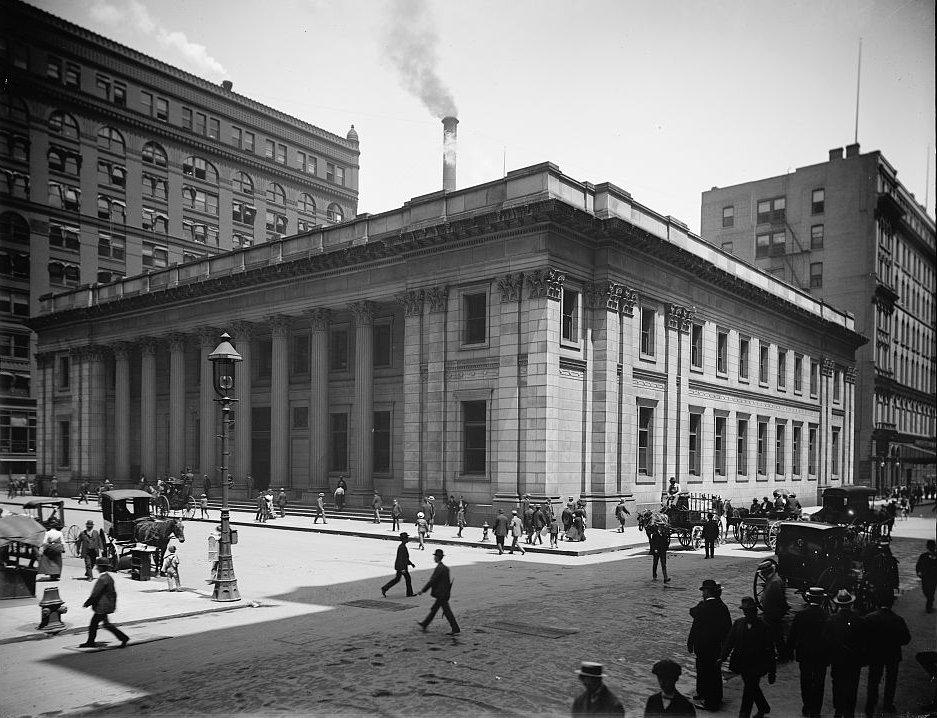
The dirigible caught fire in downtown Chicago, inside the Loop, right above the Illinois Trust and Savings Bank, at the corner of LaSalle Street and Jackson Boulevard. The entire ship was consumed in literally seconds. The five men aboard jumped and tried to inflate their parachutes, but only three were successful. One man, mechanic Carl Weaver, plunged through the skylight of the bank.
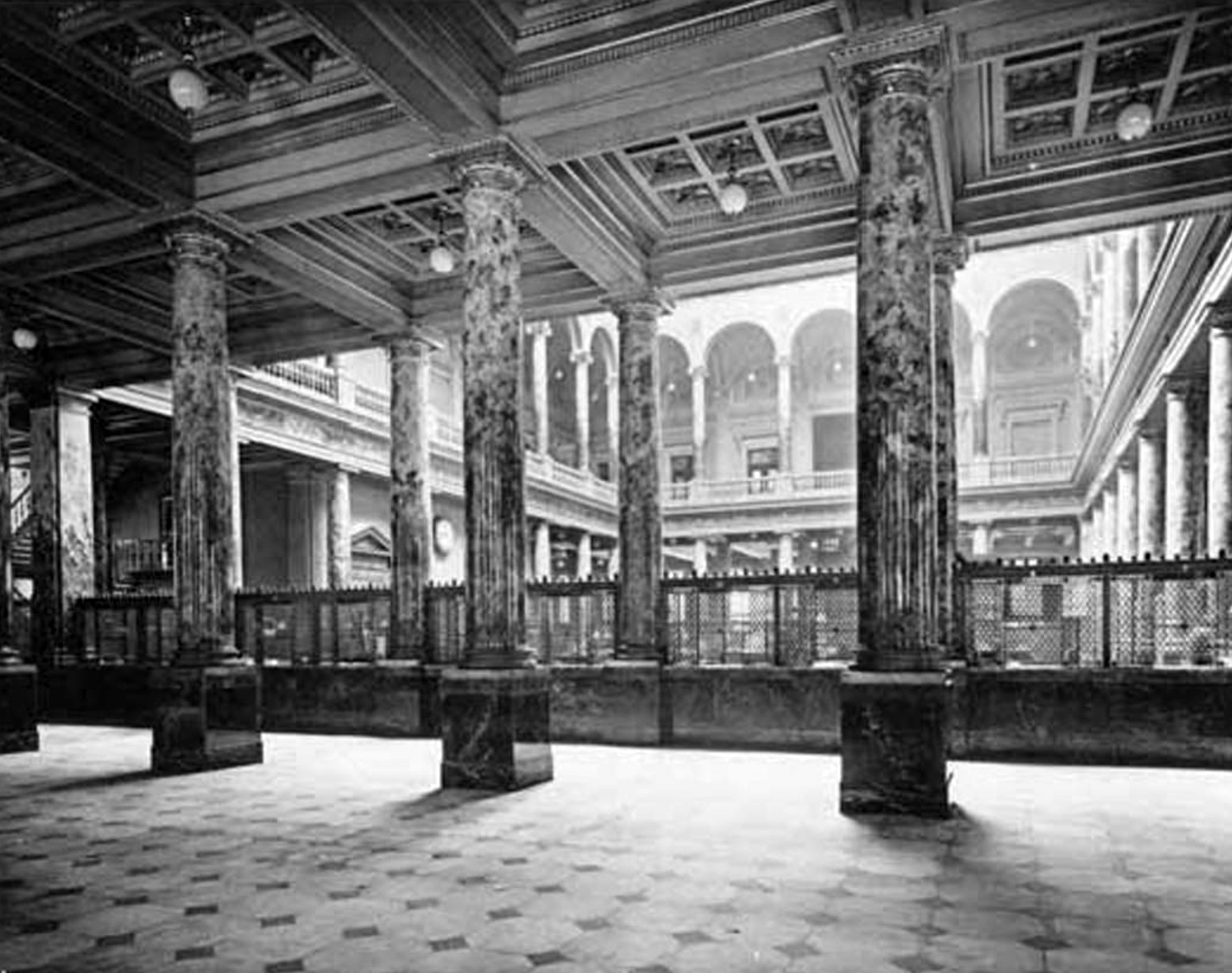
In this photo of the bank before the disaster, you can see how the interior was ringed by a circle of teller stations. They enclosed an area where typists, telegraphists, and other bank staff worked. For security purposes, this inner area could only be accessed through two gated entrances.
Flaming debris, including the engine and two full tanks, crashed through the skylight above this inner area, starting a massive fire and trapping employees inside.
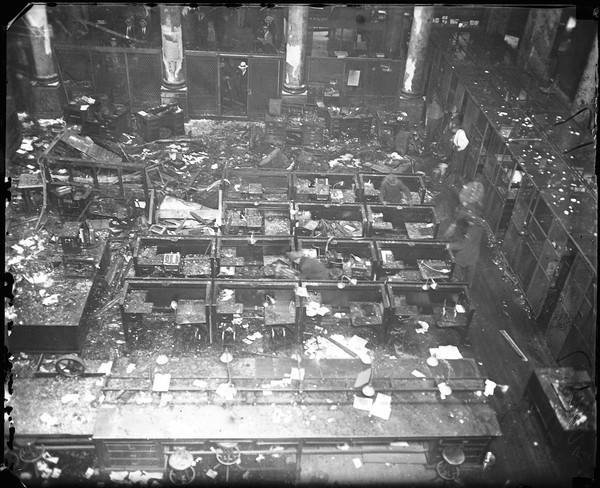
This image of the interior of the bank after the disaster gives some sense of the horror of those trapped inside. 13 people died in the crash, ten of them bank employees.
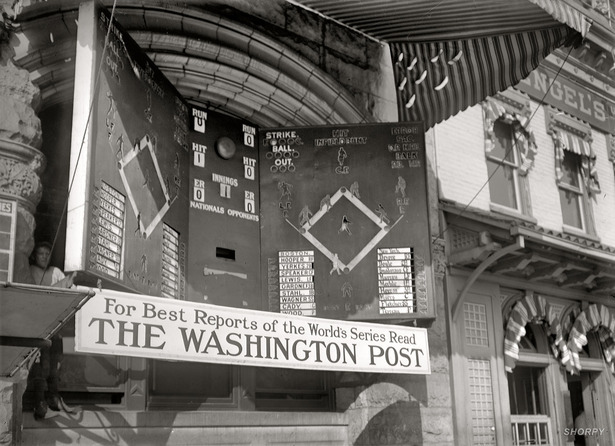
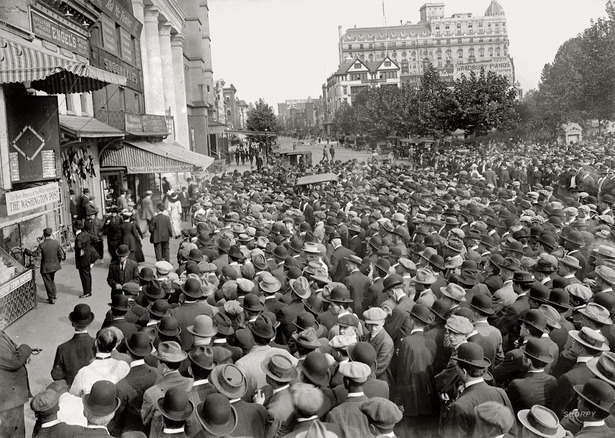
Before radio, fans had few ways to follow a live baseball game. Newspapers would receive game updates by telegraph and posted results in their windows. In 1912, the Washington Post invested in an elaborate scoreboard system complete with lights indicating balls, strikes, and position on the field. You can see here fans gathered to "watch" the 1912 World Series.

The American and National Leagues kept player salaries low with the reserve clause, a provision in player contracts that kept players tied to one team and unable to negotiate higher salaries. The clause also made it difficult for new teams and new leagues to attract top-quality players. The Federal League, founded in 1913, tried to operate as a third major league and ended up suing the established leagues for operating an illegal monopoly.
This is an official scorecard of one Federal League Team, the Neward Peps.
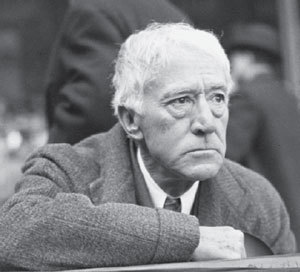
The case came before Judge Kenesaw Mountain Landis. It couldn't have landed on the desk of anyone more deeply invested in the game of baseball.
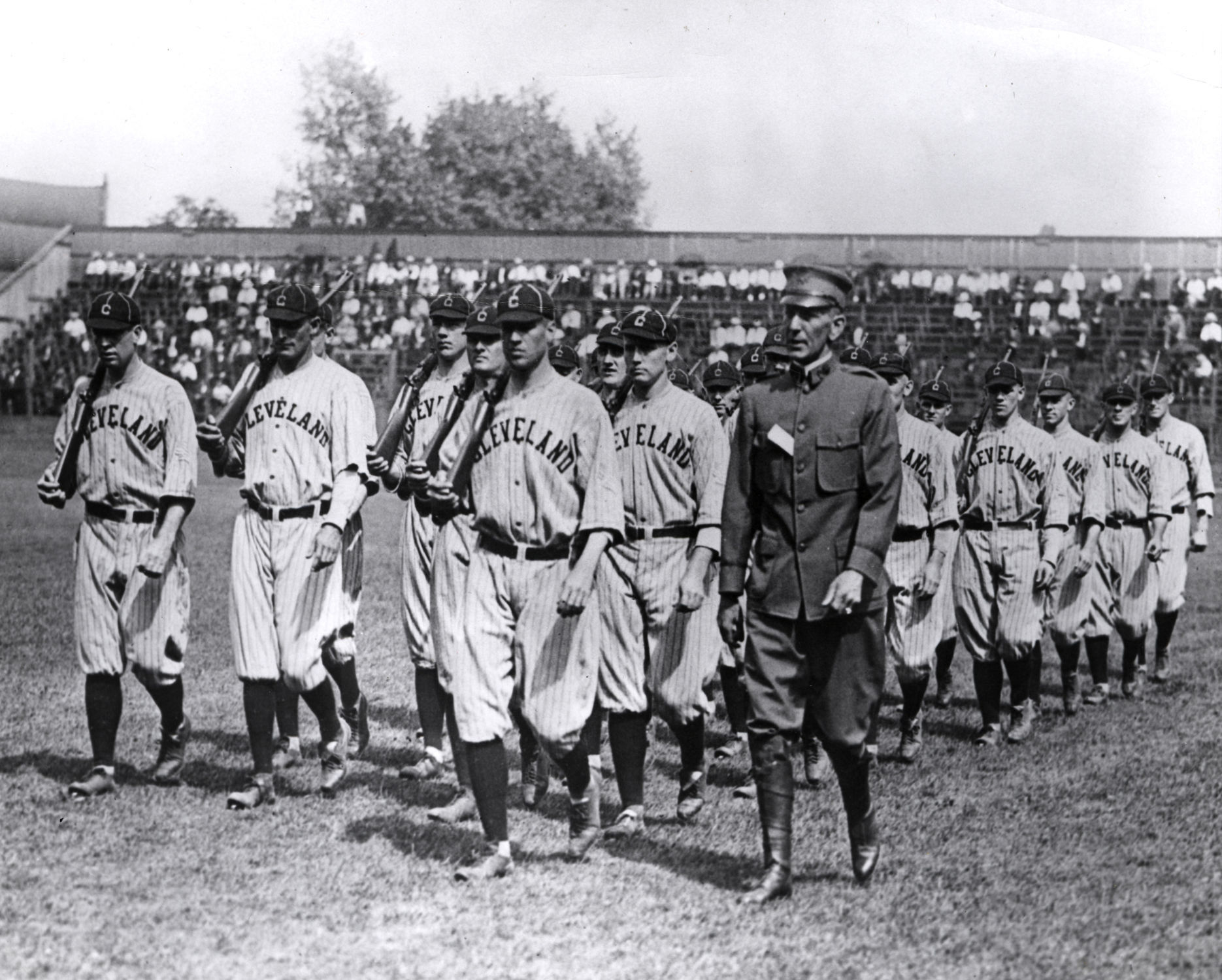
At the start of World War I, team owners were desperate to keep the game going and their players out of the trenches. One attempt to demonstrate their patriotism was the practice, seen here, of holding drill sessions with players before games. The War Department was not impressed and made players eligible for the draft after the 1917 World Series.
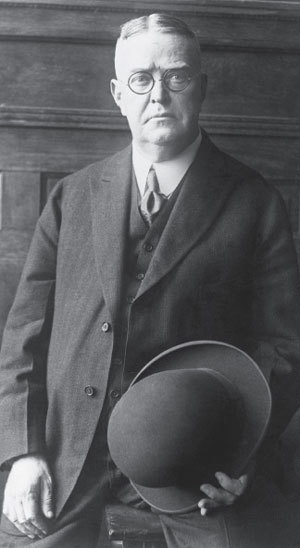
The president of the American League, Ban Johnson, suggested reserving 18 players for each team and conscripting the rest. No one was impressed by this plan.
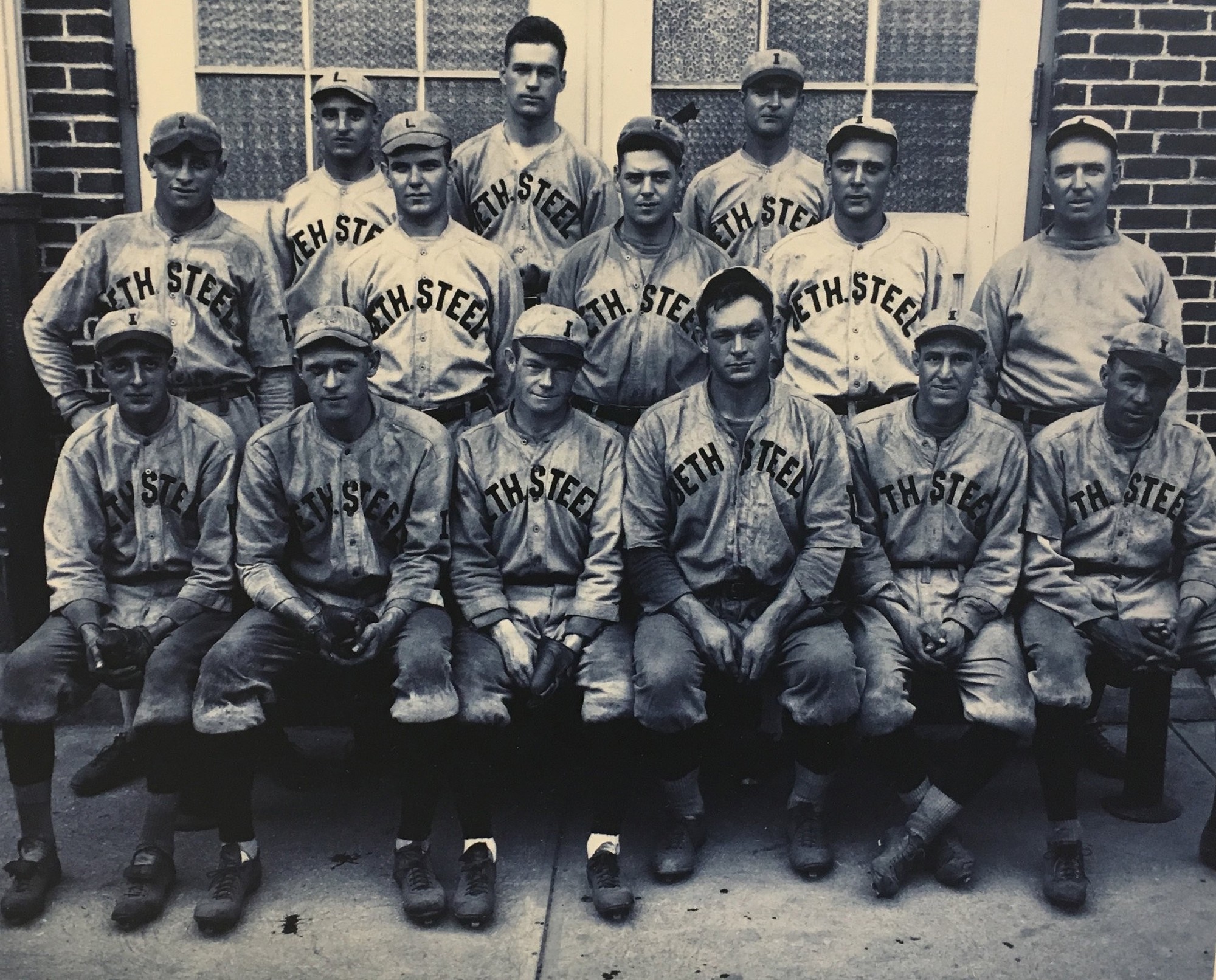
While more than one third of major league players enlisted, others went to work for factories in essential industries such as steel manufacturing or shipbuilding. The players spent far more time playing baseball for factory teams than painting or welding, and team owners worried that major league baseball would be run out of business by industrial ball.

Charles Comiskey, owner of the Chicago White Sox, denounced the factory team players as unpatriotic and sniffed that he wasn't sure he wanted them back on his team.

The 1918 World Series was held in early September at the request of the War Department, so the second, most deadly wave of the Spanish Flu pandemic was just getting started when baseball ended for the season. Nevertheless, at least some players took to the field in masks to prevent the spread of the disease.
I have been able to find out little about this photo. I don't know who was playing or the exact date. I wish I knew more--when and where the picture was taken would be a start. If I find out more, I will post it.
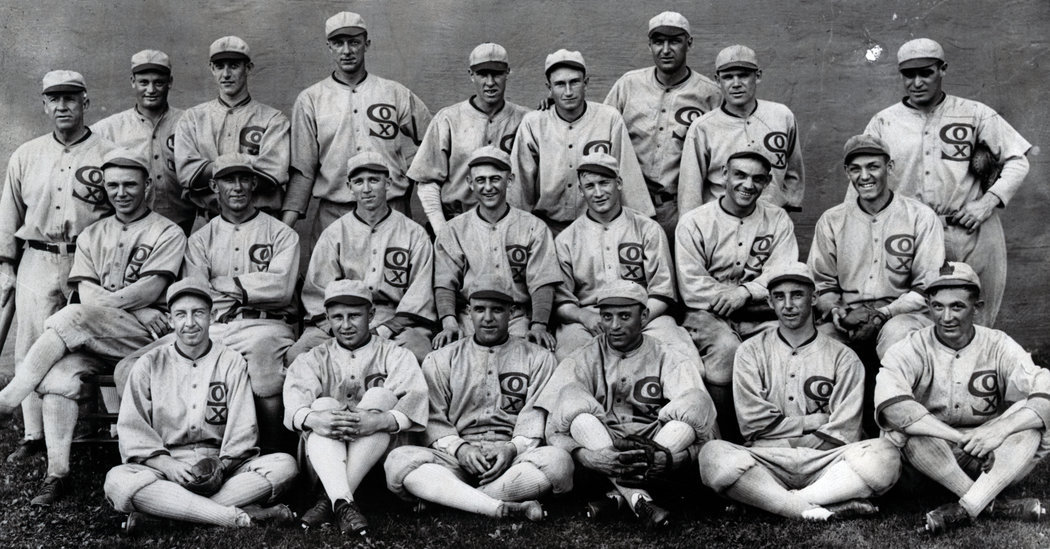
The 1919 White Sox had a fantastic team, with several top-notch players and one genuine superstar in Joe Jackson.
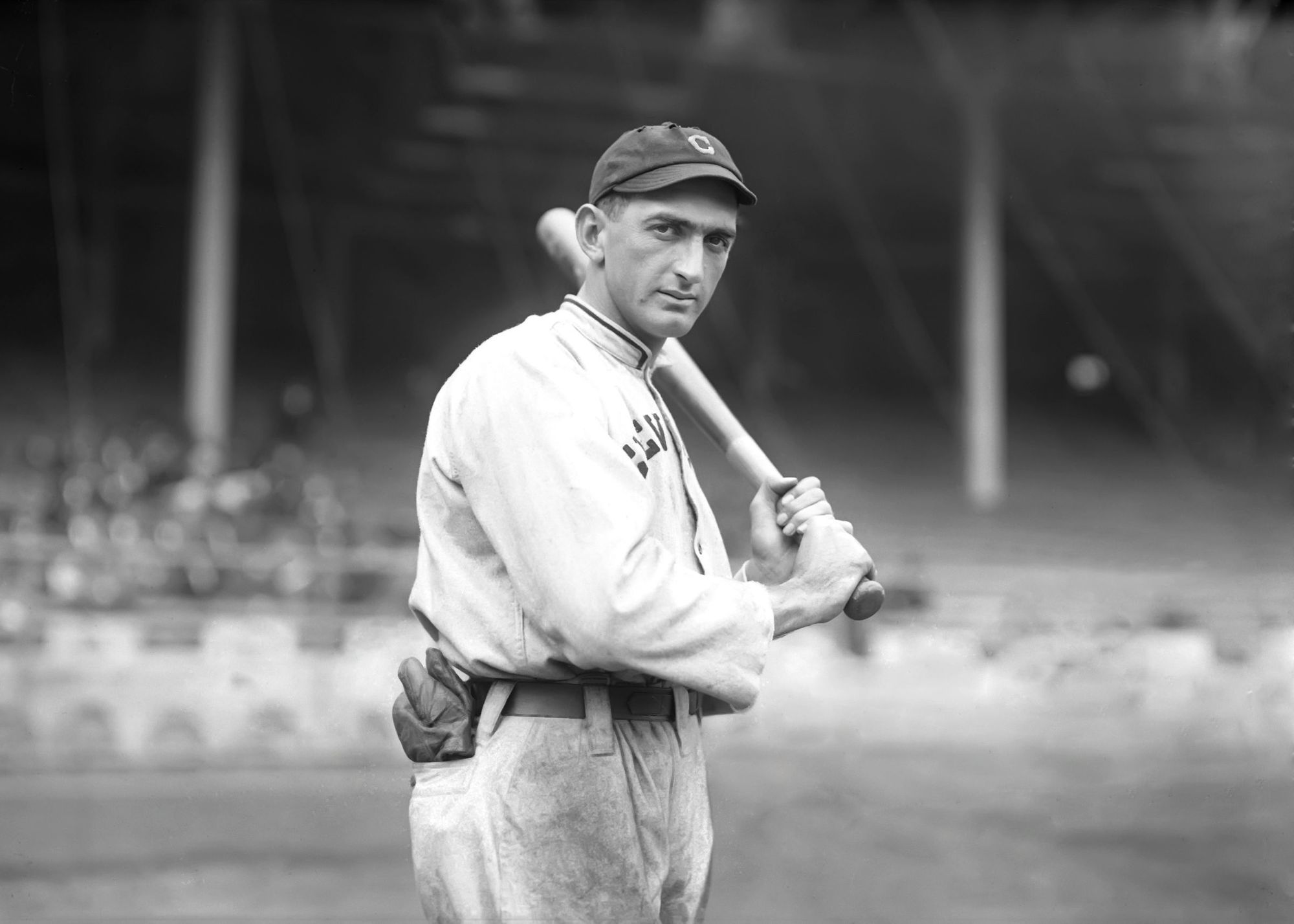
Shoeless Joe Jackson is one of baseball's all-time greatest players.
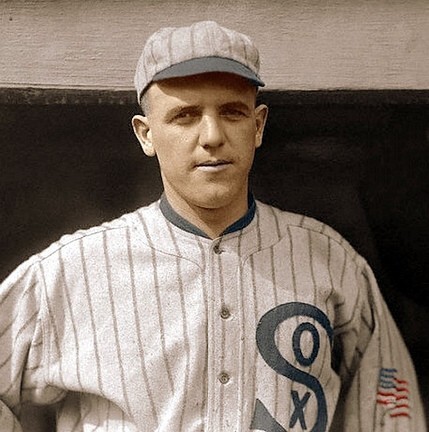
Eddie Cicotte was a fine pitcher and possibly the inventor of the knuckleball.
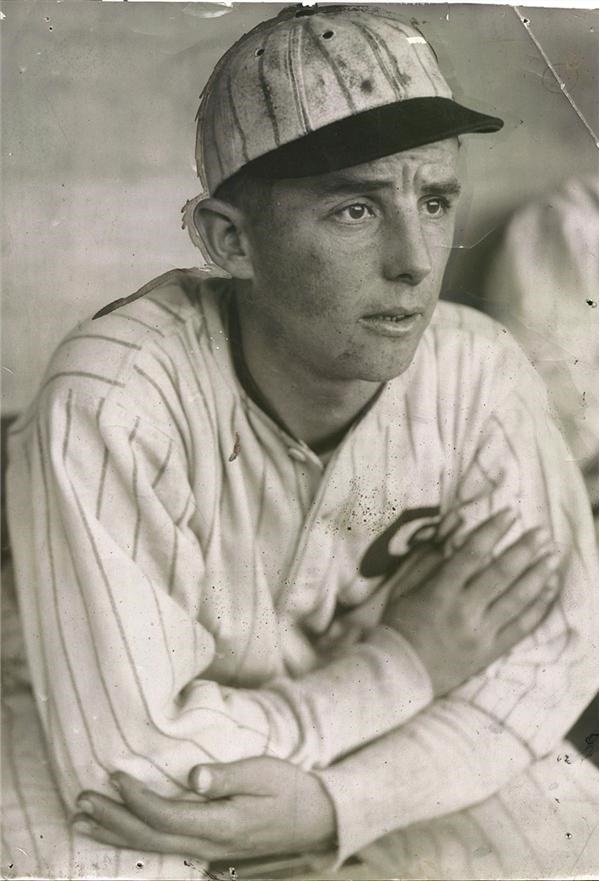
Lefty Williams was another strong pitcher for the White Sox.
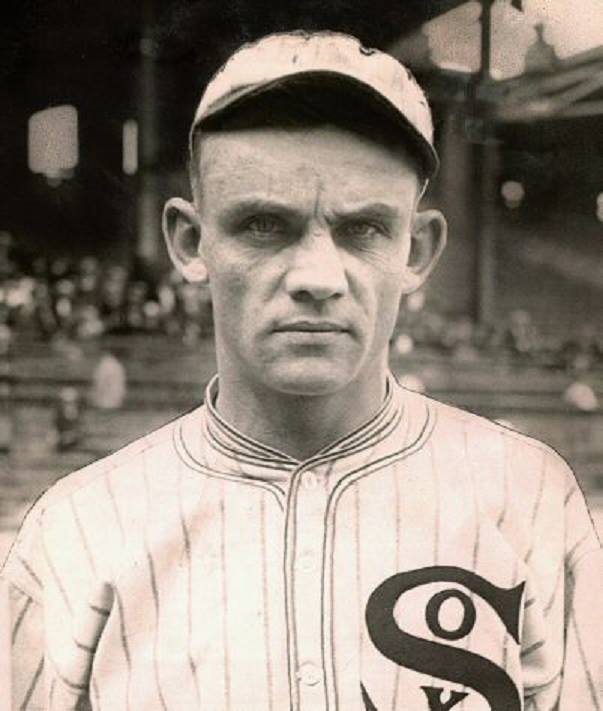
Chick Gandil, on other hand, was just average. On the other hand, he had a reputation as being crooked and multiple contacts with gambling organizations.
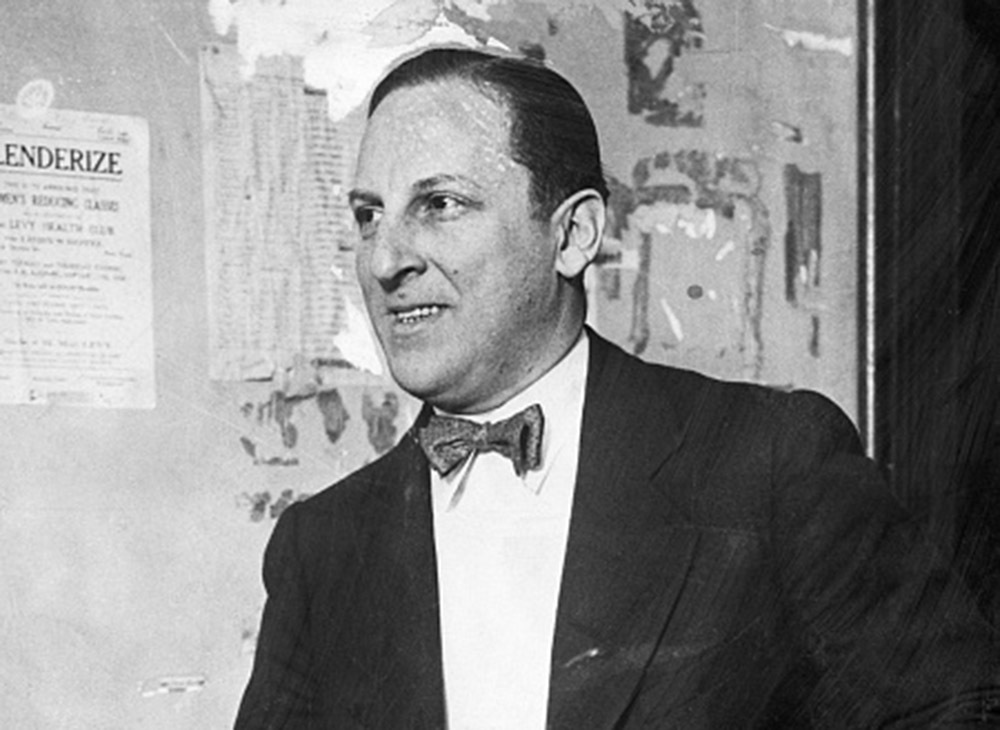
Gandil's connections went all the way back to New York underworld figure Arnold Rothstein. Thoughtful and scheming, Rothstein inspired multiple fictional representations, including Nathan Detroit in Guys and Dolls.

The Cincinnati Reds beat the White Sox in the World Series five games to three. It was difficult to tell, watching the White Sox play, if some men on the team were playing to lose. Certainly, some of the players seemed off, but a player can have a run of bad luck. Other members of the team, such as the catcher, were sure something fishy was going on. Rumors swirled throughout the series and into the off-season that the the series had been fixed.
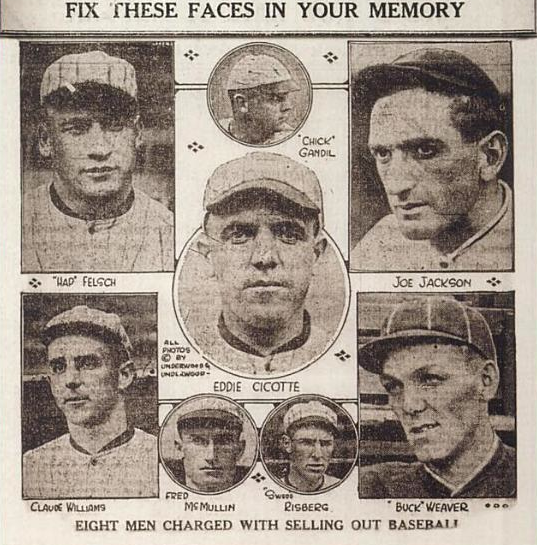
In the fall of 1920, the story broke open, the case went before the Cook County grand jury, and all eight players were indicted. Cicotte, Jackson and Williams confessed before the grand jury--after being told they would not be prosecuted if they told the truth. In fact, the person who made that promise, Charles Comiskey's attorney, had no power to make such a promise.
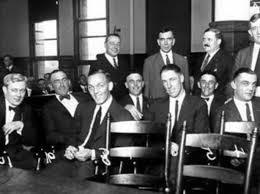
In the summer of 1921, the Black Sox went on trial for intent to injure the business of the Chicago White Sox. It was a difficult case to prove. Cicotte, Jackson and Williams retracted their confessions, and it proved impossible to get the gamblers in court. Ultimately, the men were acquitted.
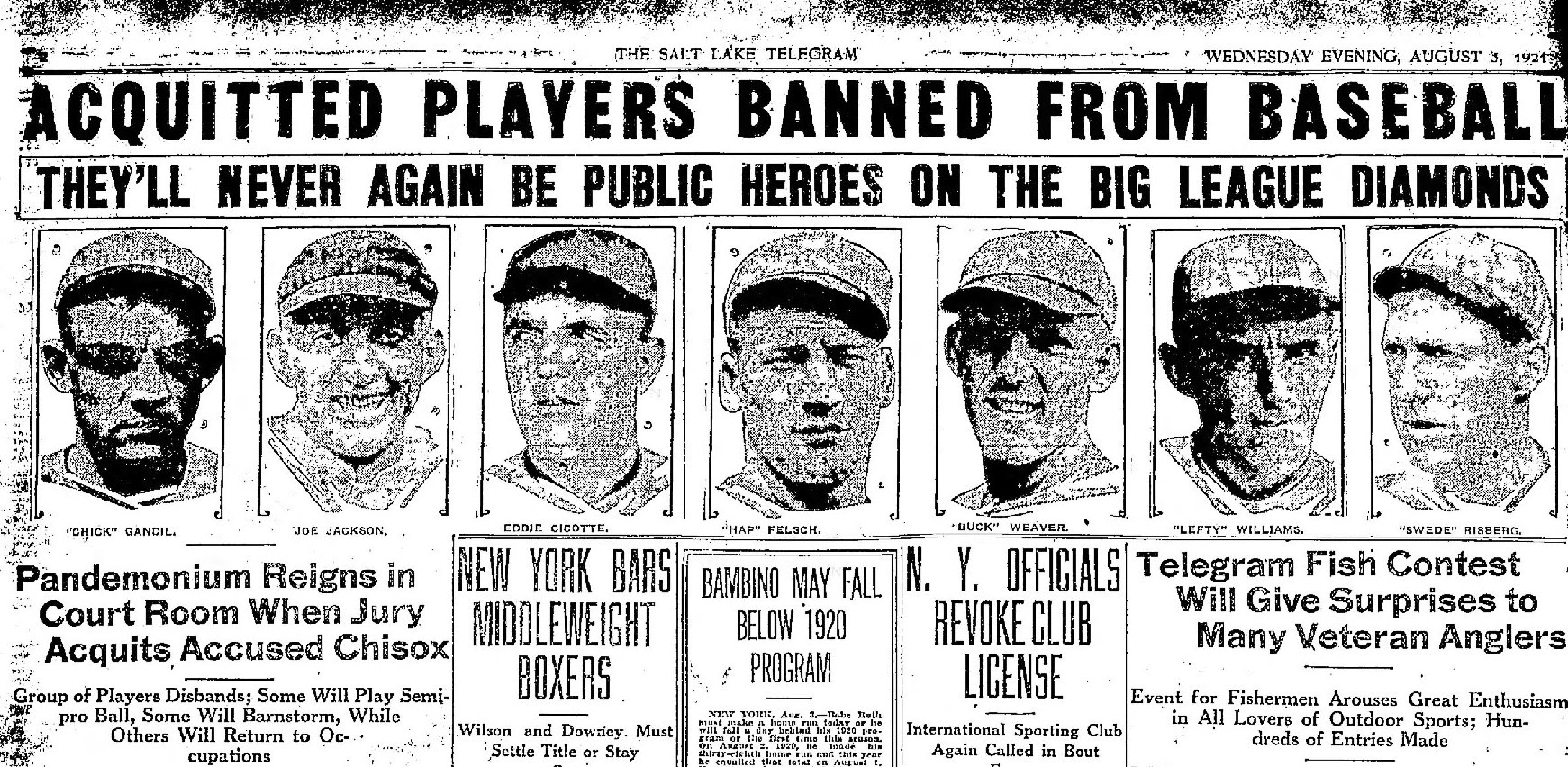
Despite their acquittal, Judge Landis, now the Commissioner of Baseball, declare the men banned from baseball for life. This had the intended effect of cleaning up the game, but was seen then and now as unjust.
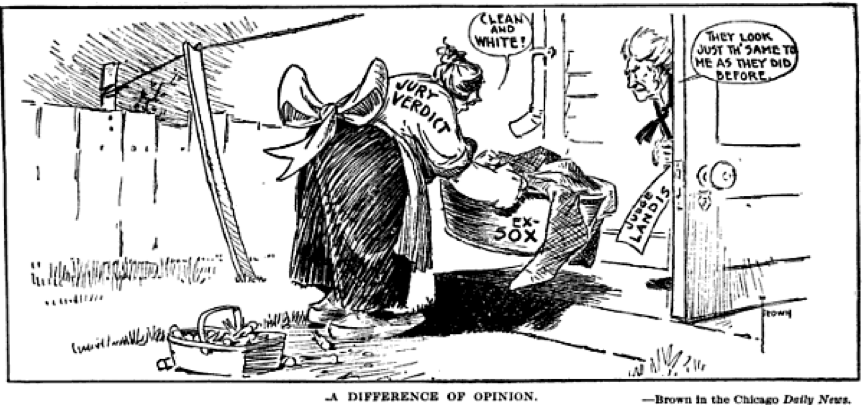
In this cartoon from 1921, a laundry woman, identified as the jury, shows Landis the White Sox uniforms and declares them "Clean and white!" Landis replies, "They look just th' same to me as they did before."

A myth arose about the Black Sox, that they were more sinned against than sinning--hard working, blue-collar guys who just wanted to play ball but were unfairly treated by the owners, the lawyers, and the commissioner. The ultimate expression of this myth is the 1989 movie Field of Dreams. In this scene the spirits of the players emerge from an Iowan cornfield to again play baseball.
Episode Links
- The Betrayal: The 1919 World Series and the Birth of Modern Baseball by Charles Fountain
- Black Sox Scandal Research Committee, from the Society for American Baseball Research
- City of Scoundrels: The 12 Days of Disaster That Gave Birth to Modern Chicago, by Gary Krist
- History of the Illinois Trust and Savings Bank
- "Horrified White Sox fans witness Wingfoot Express blimp disaster in Chicago," Jacob Pomrenke, Society for American Baseball Research
- "The History of How We Follow Baseball" by Philip Bump, The Atlantic
- Opinion | Forget What You Know About the Black Sox Scandal - The New York Times
- 'On Account of War' | Baseball Hall of Fame
- "1918 flu pandemic did not spare baseball" by Bill Francis, Baseball Hall of Fame
- The 1919 Chicago Black Sox Scandal w/ Charles Fountain - Most Notorious Podcast on Youtube
- Top 5 Reasons You Can't Blame the 1919 White Sox - ESPN
- Frank Sinatra - "Oldest Established Permanent Floating Crap Game" from Guys And Dolls (1955) - YouTube

